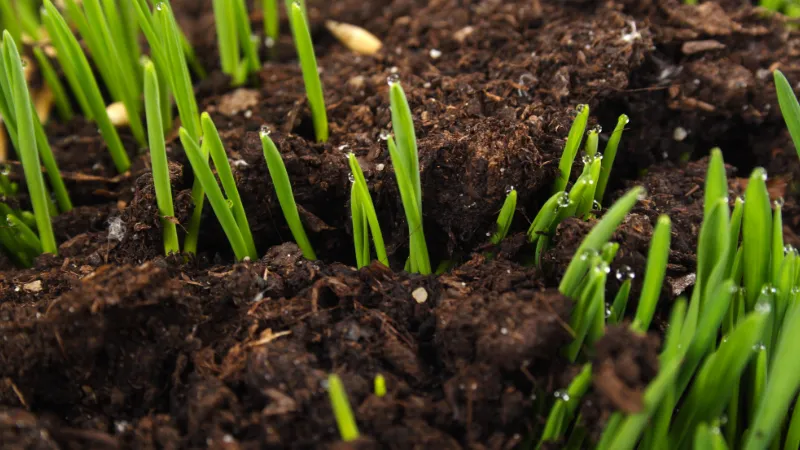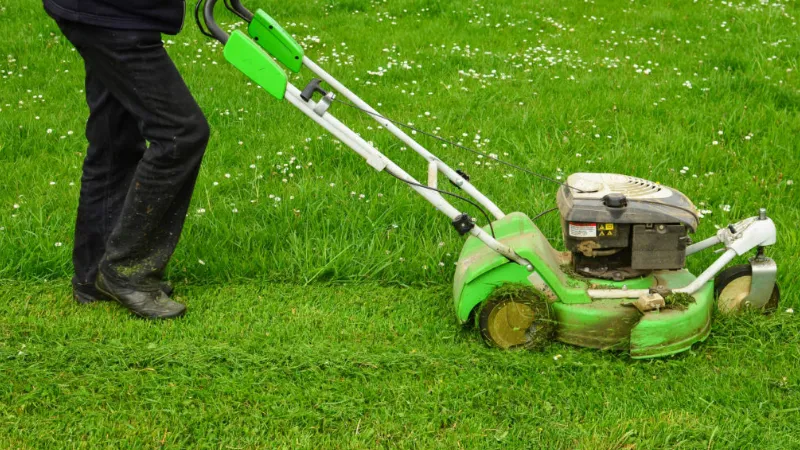How often to water new grass seed? The question doesn’t always have an obvious answer because it depends on many factors, including seed type, climate, season, and more.
When you are watering for new grass seed, you must water every day. Automatic timers should be set for 5 to 10 minutes in the morning and again in the middle of the day. Hand watering or sprinklers attached to a hose need to be applied consistently and evenly.
Let’s take a look.
How Often Should You Water New Grass Seeds?
It’s critical to properly water new grass seeds prior to sowing them. When exposed to moisture, organic seeds do very well. In order to ensure a smooth germination process and subsequent healthy growth, grass seeds must be properly watered.
When it comes to how often to water new grass seeds, here are a few things you need to remember:
- Water the area so that it covers a depth of 6 to 8 inches a few days before you plant the grass seed. You’ll be glad to know that it’s not particularly difficult to determine the depth of water penetration if you’ve been wondering how to do it. A long screwdriver must be inserted into the ground. The ground is sufficiently saturated with water if the screwdriver can be pushed 6 to 8 inches into the ground without any resistance.
- When it’s time to plant fresh grass seeds, make sure they have had 5–10 minutes to soak up water. This is done to make sure that the top few inches of soil have received sufficient moisture. The moisture in the seeding area needs to be maintained after that. Remember this one important point. The seeds will become brittle and eventually perish if you let them dry out.
- The amount of rainfall an area receives at a particular time is among the most important factors to take into account when figuring out how frequently you should water new seeds. If you live in a region where it rains infrequently, you’ll need to water new grass seed twice a day. You can start doing this once a day once you notice that the top few inches of soil have become moist.
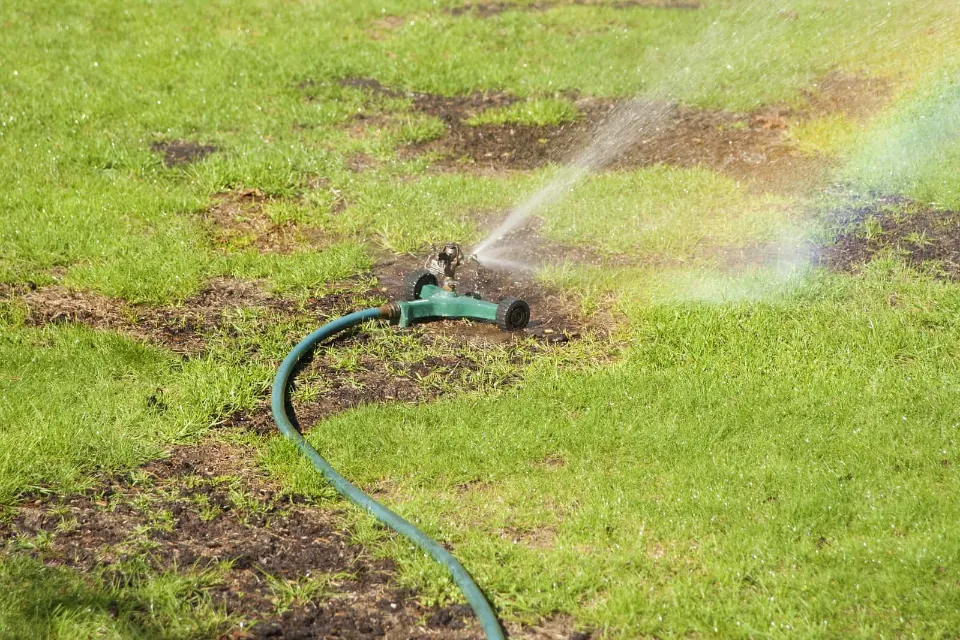
Most Appropriate Time to Water New Grass Seed
You may be wondering when to water fresh grass seeds. Early in the morning is when you should water them.
A great time to do this is late at night or early in the morning. Watering new grass seeds should be attempted in the early morning and late afternoon. As a result, there will be a lot less chance of the water evaporating into the air and sinking much more readily into the ground.
It is helpful to keep track of how long you water the new grass seeds using a water timer. If you use such a device, you won’t have to worry about remembering when and how often to water the grass seeds.
The area being seeded is the main factor in determining how many grass seeds need to be watered. Use a rectangular, basic lawn sprinkler if you’re seeding a large area of land. Instead, you can use a tiny spot inexpensive lawn sprinkler system for small spaces.
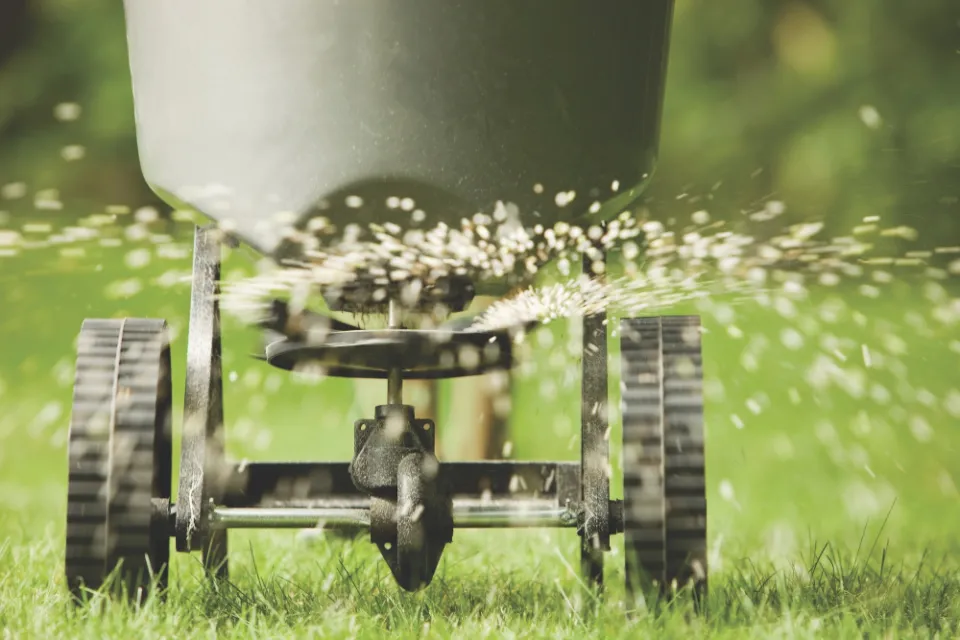
How Long to Water New Grass Seed?
Before planting the seeds, thoroughly water the soil. 6 to 8 inches is a healthy amount of water for the soil several days before planting.
The goal when planting new grass seed is to maintain moist soil. The new seeds will die in wet soil. The grass seedlings should ideally be watered for 5 to 10 minutes apiece, 2 to 3 times per day. This prevents oversaturation while replacing any water that has evaporated. 3–4 inches of water are consumed each week.
Once the grass seeds have sprouted, water once daily for a longer period of time. Watering should gradually be cut back to 2-3 days per week, with a long soak of about 40 minutes on alternate days. After germination, watering is done to help the grass develop deeper roots. This calls for less frequent watering.
Keep a close eye on the weather. How often to water grass seed will depend on showers and periods of heavy rain. After rains, don’t water the plants.
To automate this process, install a high-quality sprinkler system with a timer. On a Saturday, you might not want to get up early just to water the lawn.
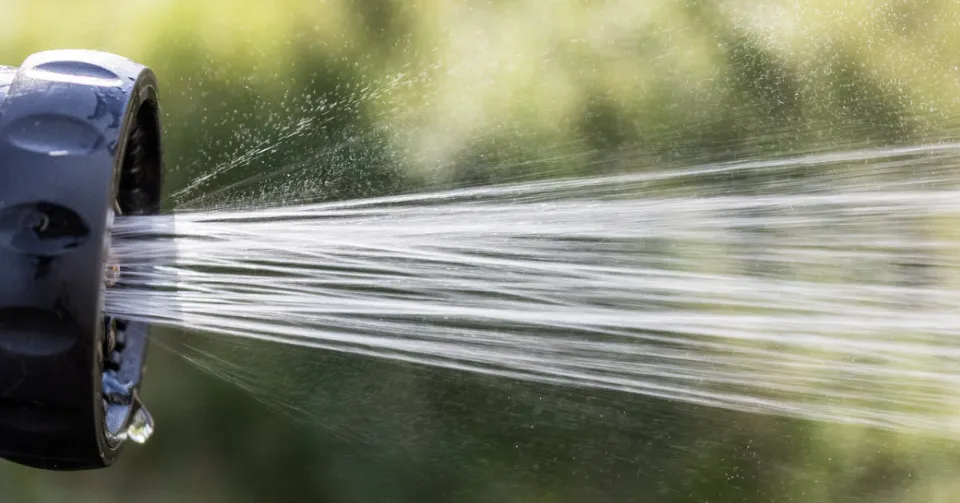
How Long Does Grass Seed Take to Grow?
The length of time it takes for your new grass seed to start growing really depends on where you live, your climate, and the kind of grass you plant. New grass seed can start to grow anywhere from 3 to 28 days after planting.
In addition to looking great, a lush, colorful lawn offers a space for you and your family to play, unwind, and enjoy. Maintaining a healthy, lush green lawn that will provide you with years of enjoyment and beauty requires a regular watering schedule for new grass seed.
Preventing Water Evaporation
Creating suitable strategies to prevent evaporation is necessary when watering grass seed for the first time. The newly seeded lawn could benefit from straw mulch, which will help slow down water evaporation.
The risk of water evaporating quickly increases after 10 a.m. due to the rise in temperature. Wait until the weather is cooler before watering the seeds. The water will flow into the soil without evaporating when you water the seeds at the right time. Water is conserved by not evaporating as quickly as a result.
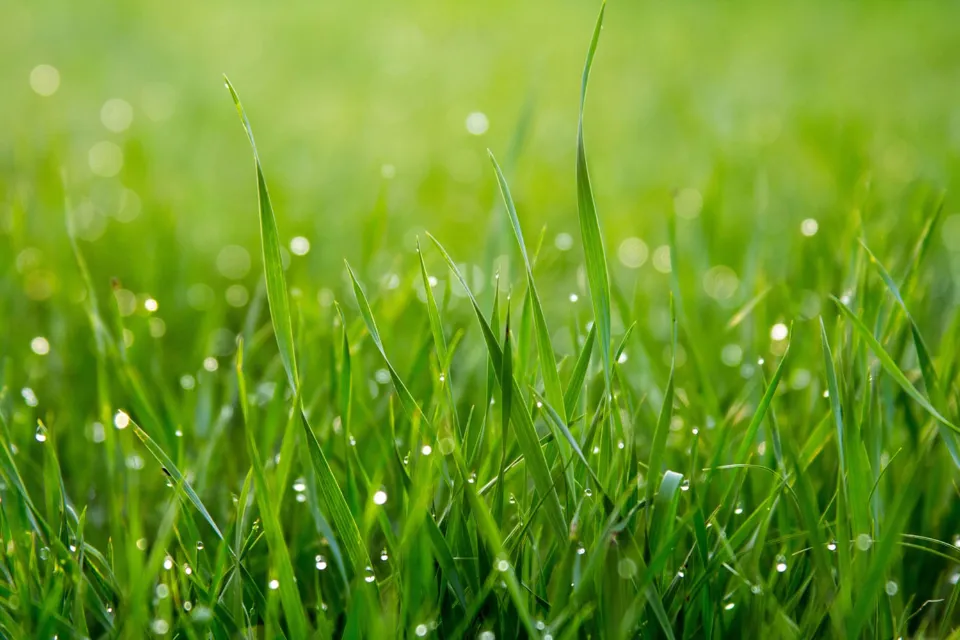
Tips for the Best Results
- Before watering the new grass seed even once, cover it with mulch.
- Avoid the hottest season or occasional heat-spells when planting. It’s difficult enough to water new grass seed; the heat shouldn’t be made into an adversary. It dries out more quickly, so if you’re stuck with it, be cautious and accept that you’ll need to apply water more frequently.
- There is too much moisture present if you start to notice moss or algae-like growths, especially in shady areas. Reduce both the frequency and probably the duration of watering.
- For small patch projects; some seed brands are coated with a covering that holds moisture. Although this strategy is efficient, it might be too expensive to consider for a sizable area.
- Don’t purchase a low-cost lawn sprinkler. They frequently leak and create puddles, and they do not distribute the water evenly. Companies that investigate and test their products to ensure adequate coverage must charge more.
(How much do seeds, mulch, and … cost you? not to mention your time and labor. Purchase a quality sprinkler and use it as a useful tool!) - Oscillating sprinklers are good for watering new grass seed in large areas where run-off is a concern. Rather than spraying continuously on all surfaces, the back and forth motion gives the substance time to soak in.
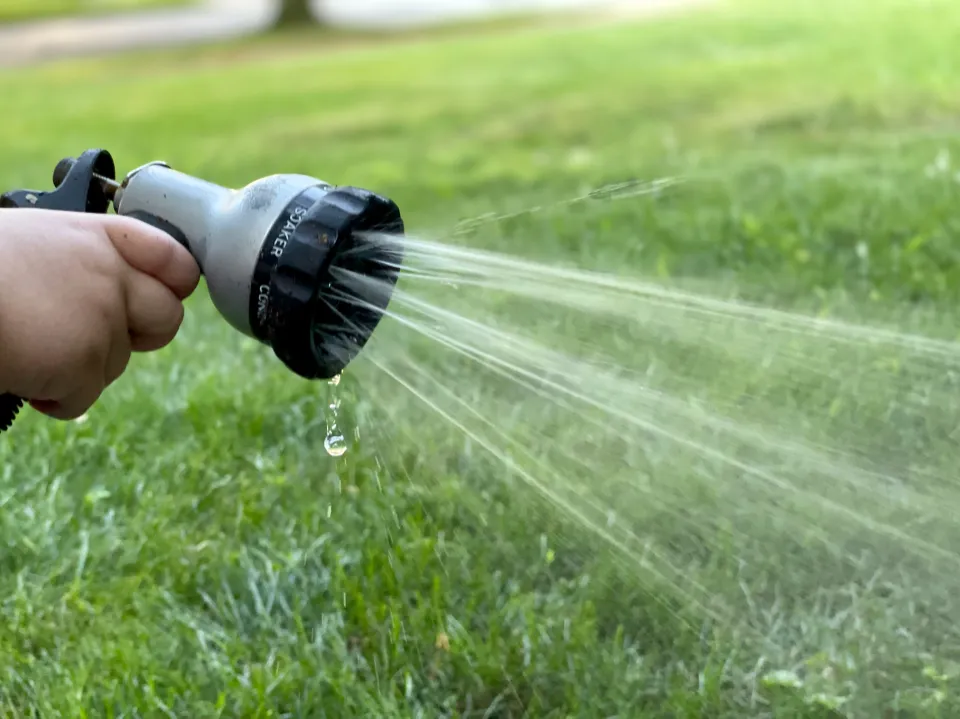
FAQs
How Often Should Grass Seed Be Watered until It Germinates?
In order to keep the top two inches of soil moist at all times, new grass should be watered twice daily (or more frequently in dryer conditions). When all of the grass seeds have popped up, water them every day until they are prepared to start receiving regular waterings.
Can You Overwater Grass Seed?
It’s true that you can overwater grass seed. The seedlings may be washed away or drowned in too much water, preventing them from germination. As a result of the soil being moved and the seeds being buried by too much water, they are effectively cut off from sunlight and nutrients.
When Should I Stop Watering New Grass Seed?
Until the grass is 1 inch tall, the top ½ inch of the soil should remain moist. Water the grass every other day for the next three weeks, starting when it is an inch tall. When the grass has become established, go back to watering it 1-2 times per week for a total of about 1 inch of water.
Is It OK to Water New Grass Seed at Night?
The water will sit there for too long if you water grass seed at night, increasing the risk of a fungal infection during germination. Because there isn’t sunlight to evaporate the excess water in your lawn, it will remain there for some time.
Summary: How Often to Water New Grass Seed?
When watering for new grass seed, you need to water every day because a lawn normally needs to be watered deeply but infrequently. Early in the morning and again at midday, set automatic timers for 5 to 10 minutes each. It’s important to apply water evenly and consistently, whether it’s with hose end sprinklers or by hand.
It ought to offer roughly the same amount of moisture everywhere, but less in the shade. Watering must be done twice daily until the new grass is established, and then once per day after another week. The demands of the season and temperature will determine how this pattern is adjusted.
Please leave a comment if you have any questions. My Prime Home attempts to give you the best furniture information. Thank you for reading.
